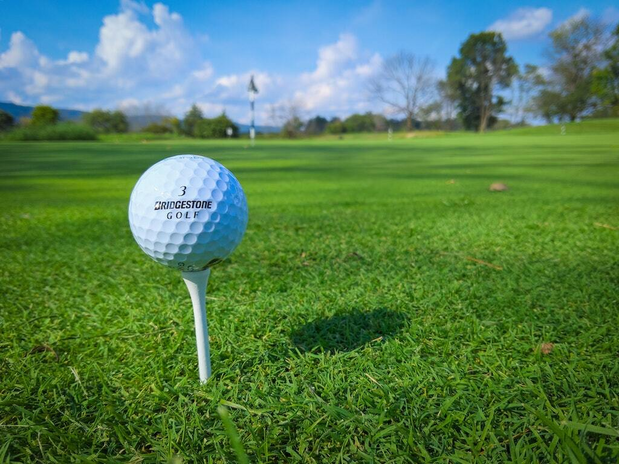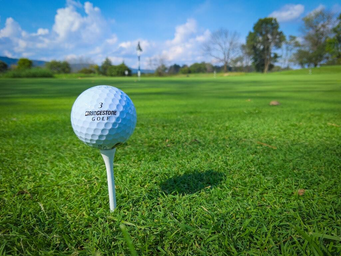For the past few years, I’ve been trying to master golf. I was first inspired to play by my dad, who has been an avid golfer for decades. I wanted to be able to go out on the course with him the way my older brother often does. It’s possible that my instinct to golf was a simple, classic case of sibling competition. But I think it was actually something bigger: a case of girl-boy competition– of gender dynamics. Since I can remember, golf has been “for the boys.” I’m not saying that my desire to play myself was some heroic, conscious act of gender-role-defiance, but rather a simple annoyance towards feeling excluded.
Golf is undoubtedly a male-dominated sport. According to the National Golf Foundation, only 24% of course-playing golfers are women. Most private golf clubs began as male-only organizations, and many did not begin to allow women to play until the last few decades. Augusta National, for example, the home of the Masters tournament, did not allow female members until 2012. Pine Valley Golf Club– a highly rated course in New Jersey– only voted to welcome female members this past April. Today, there are still roughly a dozen male-only golf clubs in the United States, four of which are located in the Chicago area. This number does seem relatively small, but I do wonder why it is not zero. Additionally, I’d be curious to know what percent of members of each supposedly co-ed golf club are actually female.
Many golf clubs operate under a single-membership policy, rather than a family-membership policy, which has gender consequences. The club where I have begun playing, for example, requires the membership-holding individual present in order for anyone in their family to play on the weekends. So, I can only practice on the driving range or play on the course if I’m accompanied by my father.
In my own experience playing golf over these past few years, I have certainly observed various effects of golf’s male domination. When I practice on the driving range at home, I’m more often than not the only woman there. I often receive curious looks from members and staff alike as if to ask, what is this girl doing here? It’s uncomfortable, and it has definitely deterred me from casually heading over to the range at times. At Brown, I’m still struggling to find other women to golf with, which, given that golf is largely social, has again deterred my practice.
Still, that same male-resentment that prompted me to start golfing in the first place prompts me to keep going. My goal is to get so unbelievably skilled at golf, that the curious looks from men will now read, how is this chick so good? Stay tuned to see if that actually happens.
Beyond gender, golf is lacking in many forms of diversity– racial, socioeconomic, religious (many golf clubs are explicitly anti-semitic), and more. For such a fun sport, it is also a deeply problematic one. I am hopeful, however, that we will start to see change soon. I applaud initiatives such as #inviteHER (which seeks to increase the number of female golfers), the Detroit Gold Club’s John Shippen tournament (an event aimed at opening up opportunities for Black professional and amateur golfers), and golfers of color– both male and female– such as Harold Varner II and Mariah Stackhouse who are pushing for diversity within the sport. We have a long way to go, and, like the game itself, progress seems to be moving quite slowly. But we’ve got to start somewhere…


